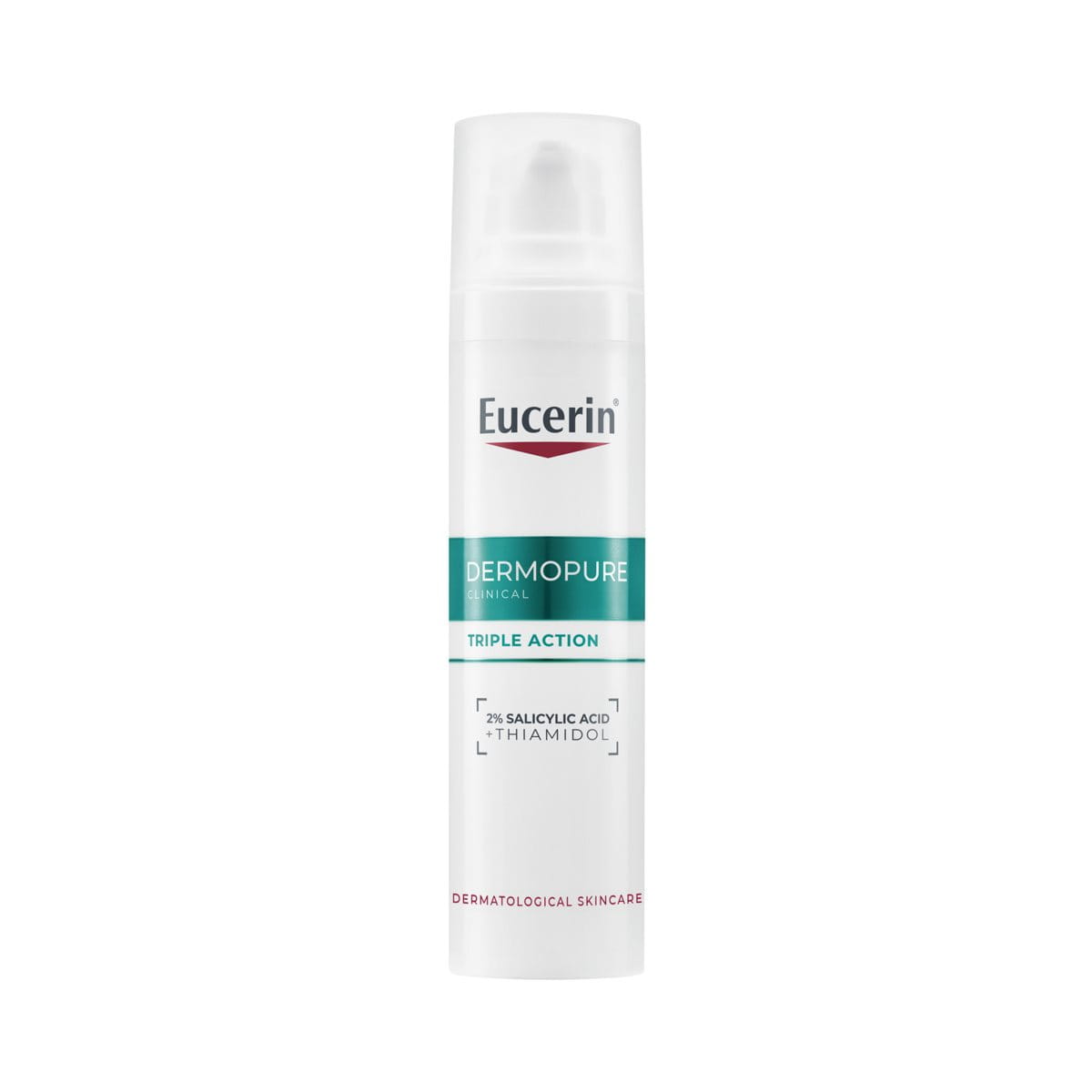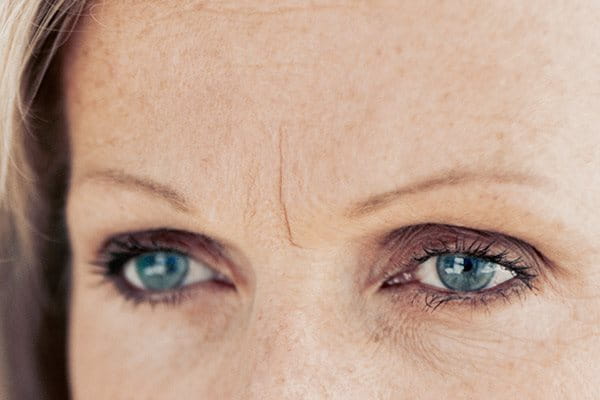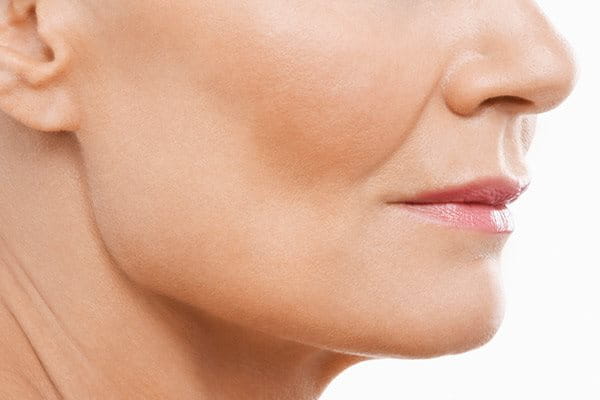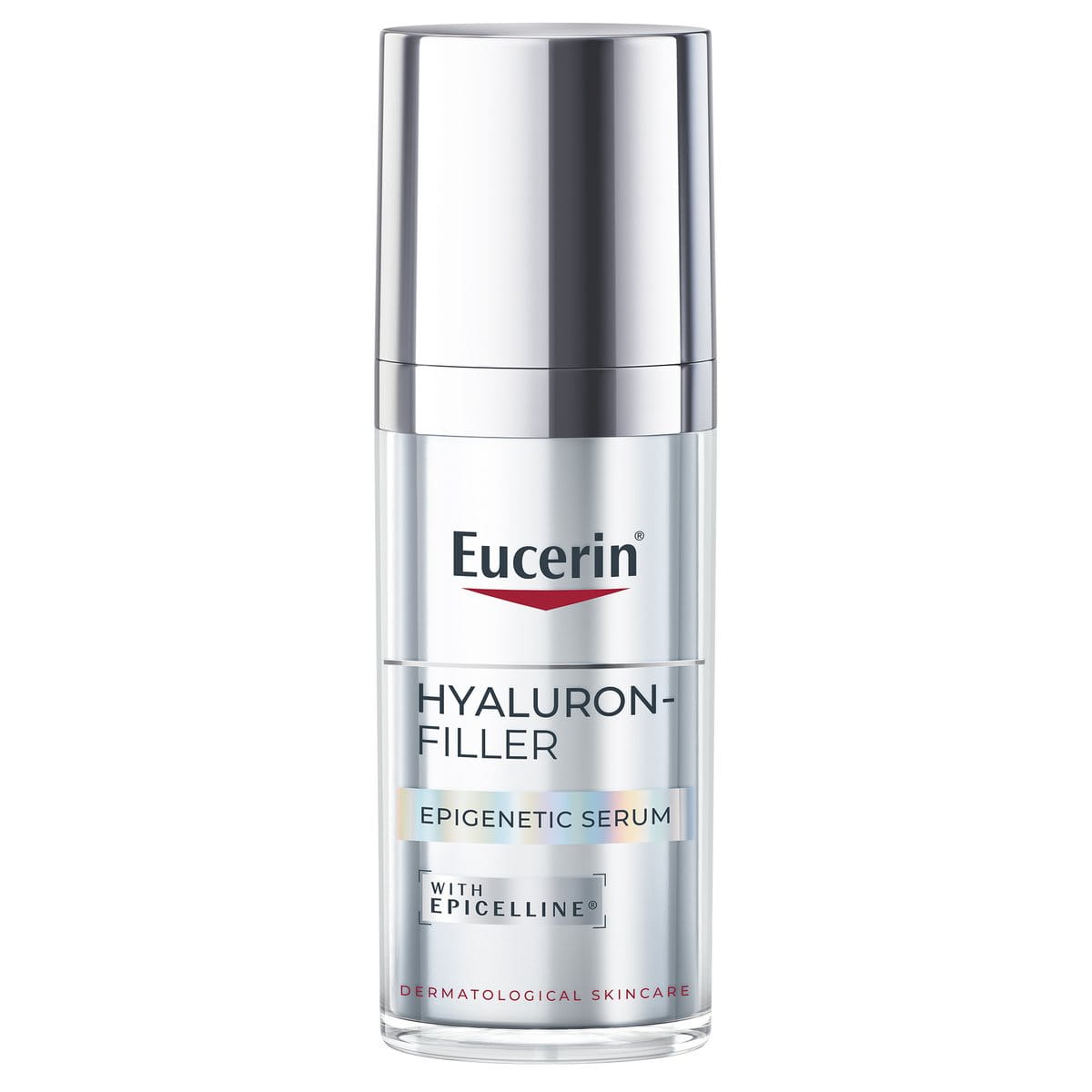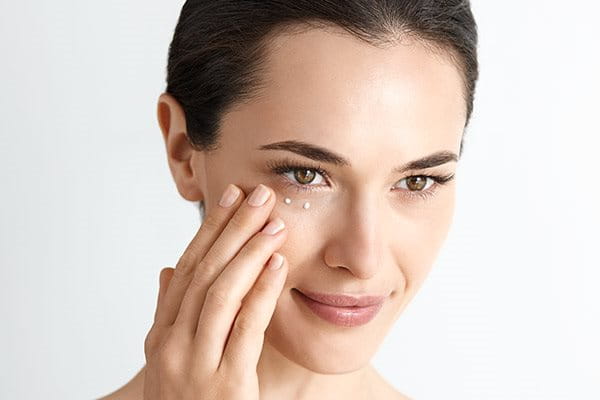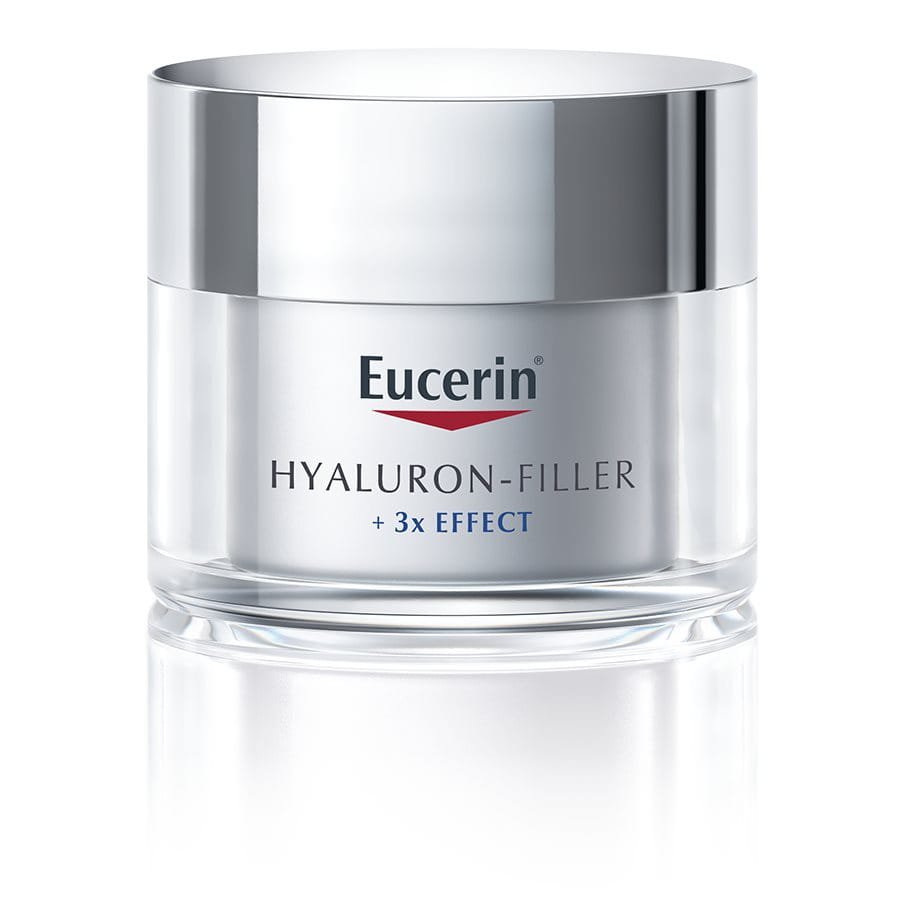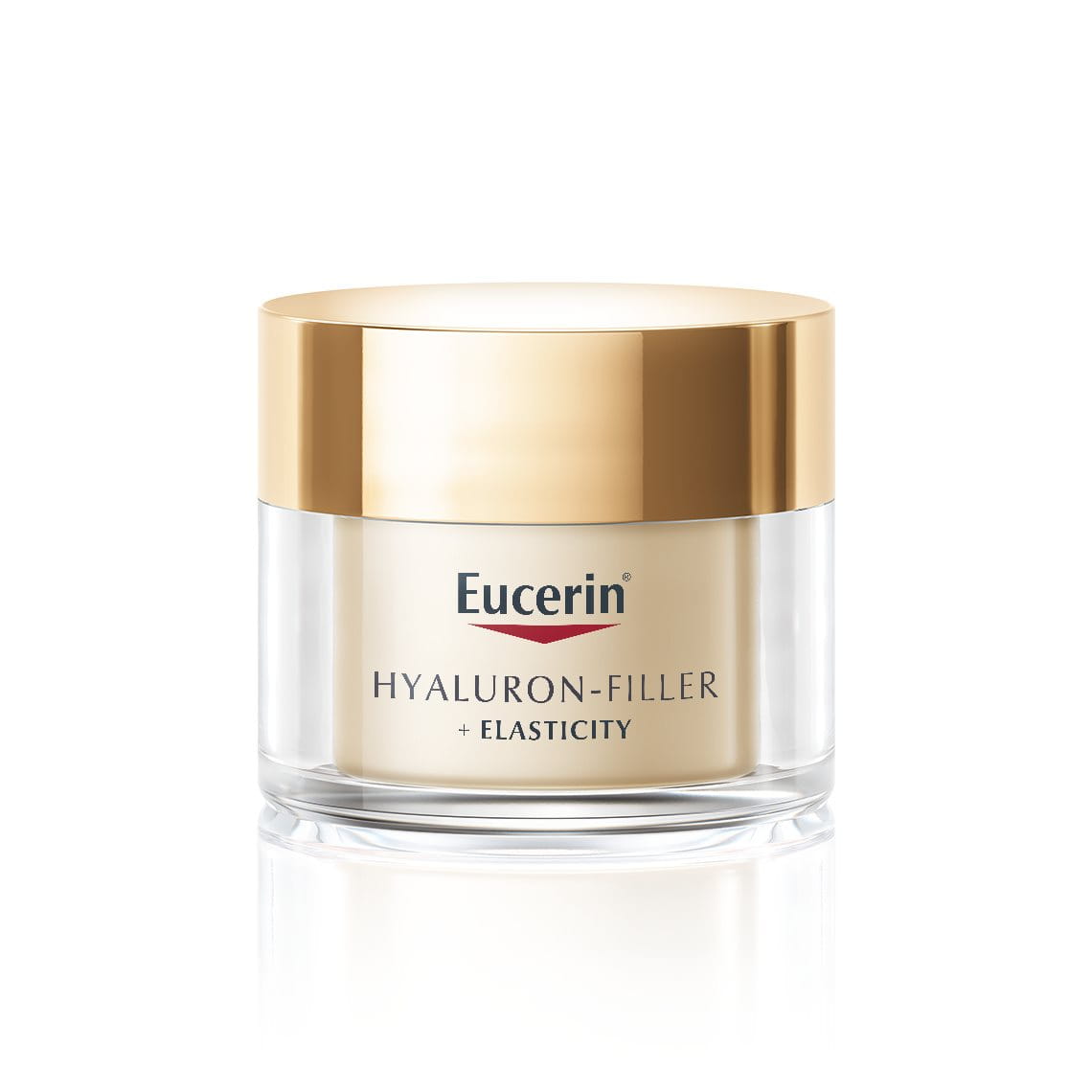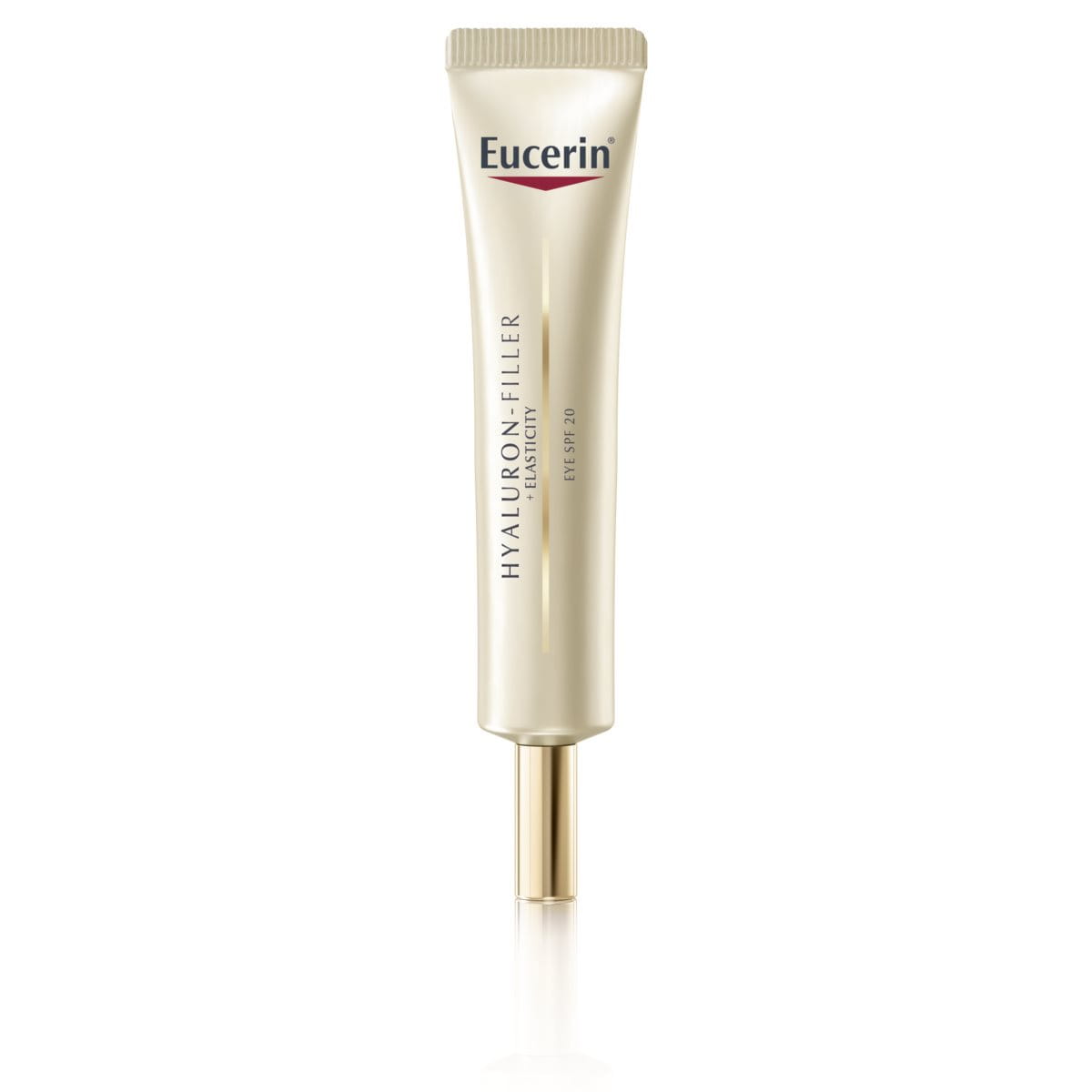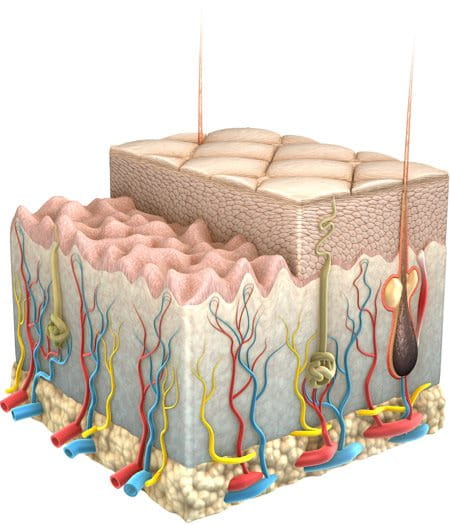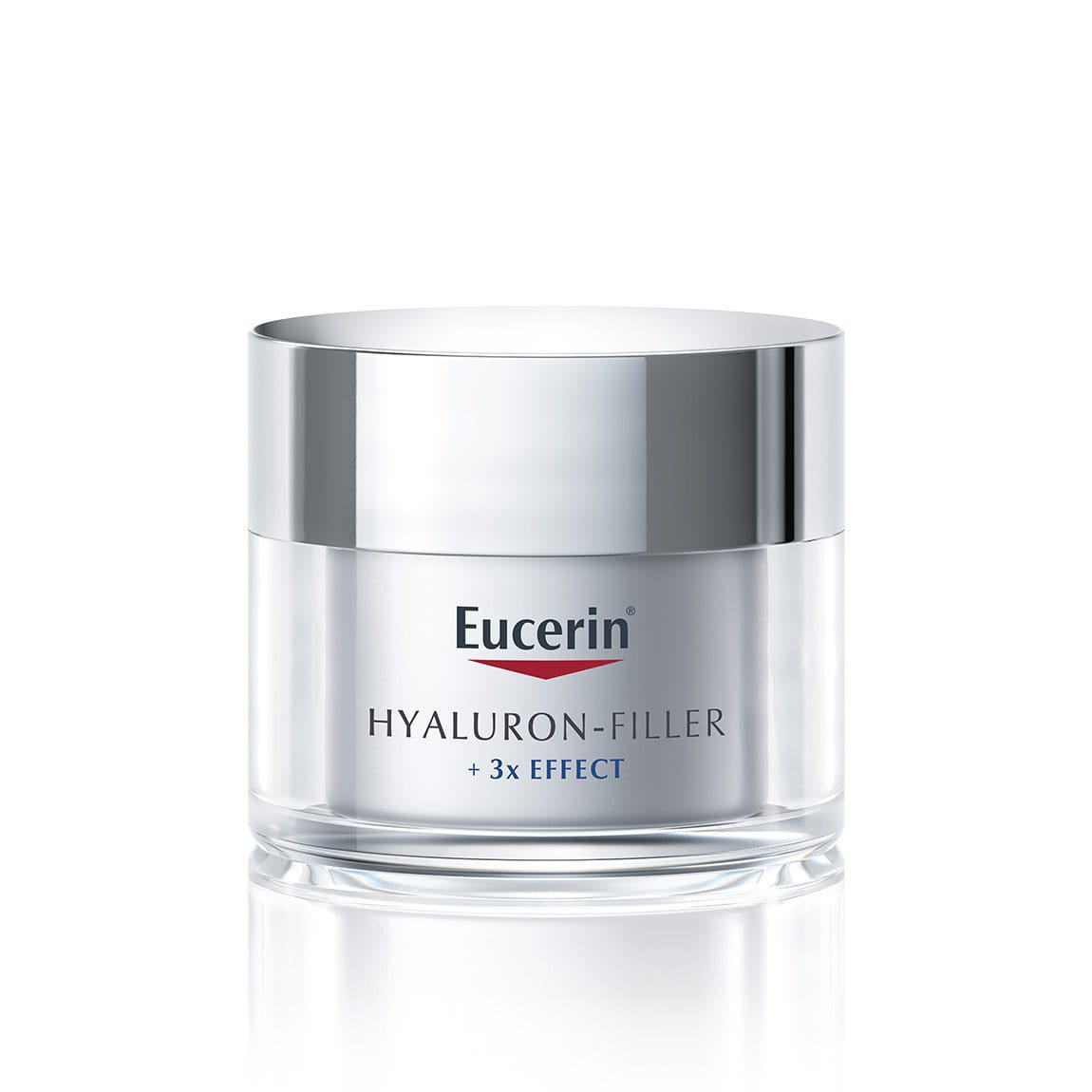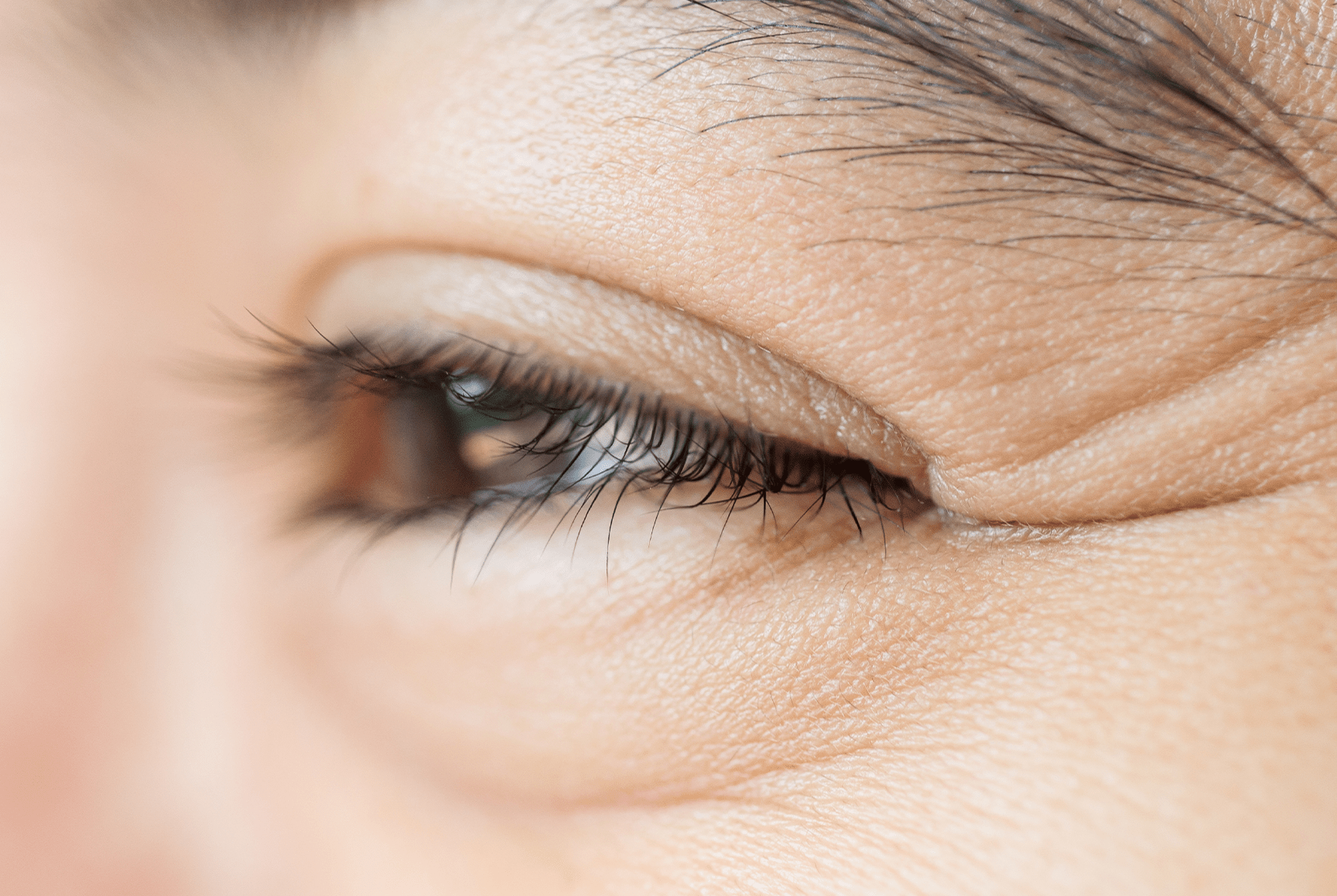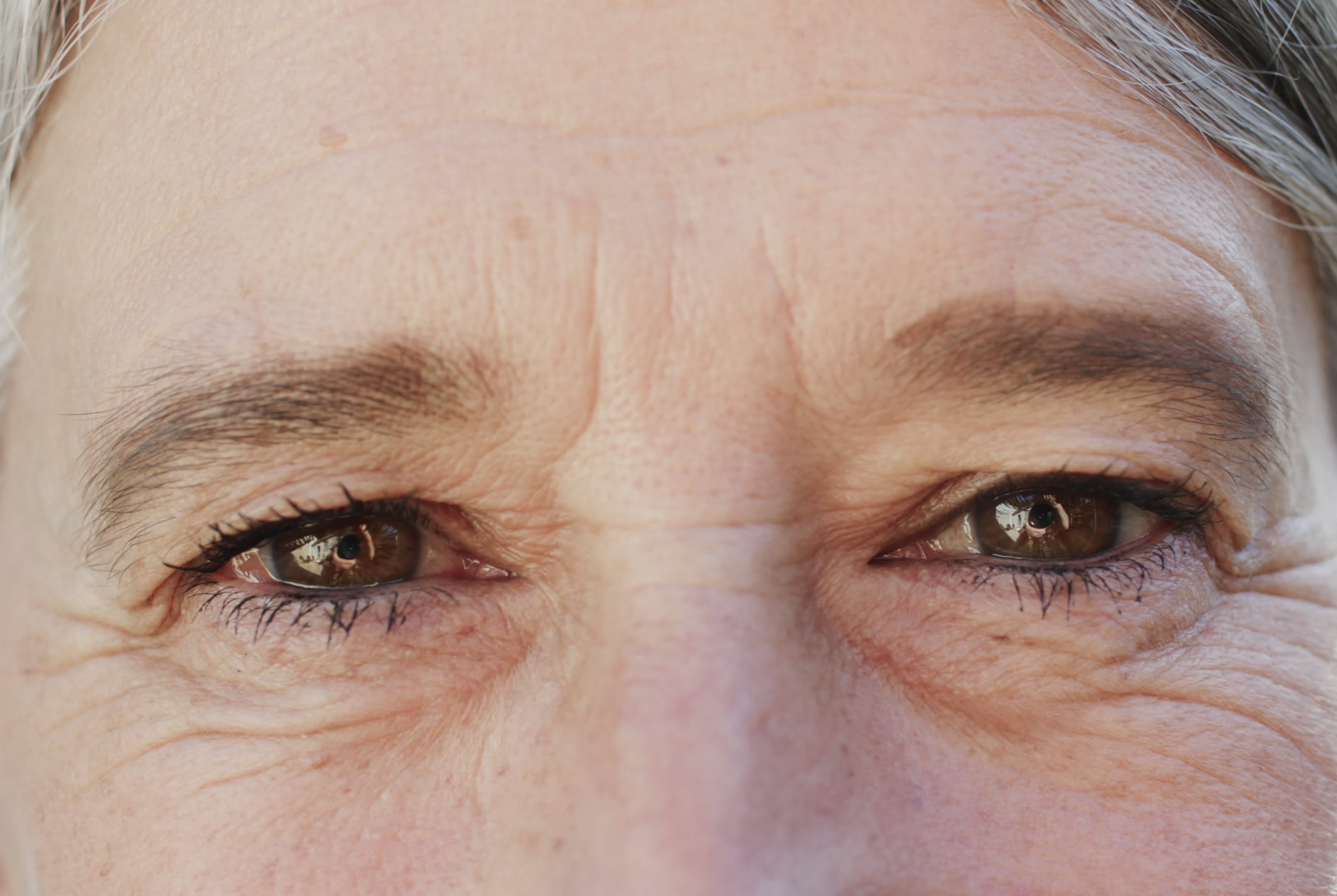Published: October 2015
Last Reviewed: February 2025
Wrinkles are creases that develop in the skin and are among the earliest visible signs of ageing, with fine lines often appearing first. Depending on your genetics and lifestyle, they typically begin to form between the ages of 25 and 30.
Eucerin Hyaluron-Filler Epigenetic Serum is designed to tackle early signs of ageing and helps to make the skin look younger than its age. Explore the signs and symptoms of wrinkles and fine lines, their causes, treatment options to reduce them, and ways to prevent them.

